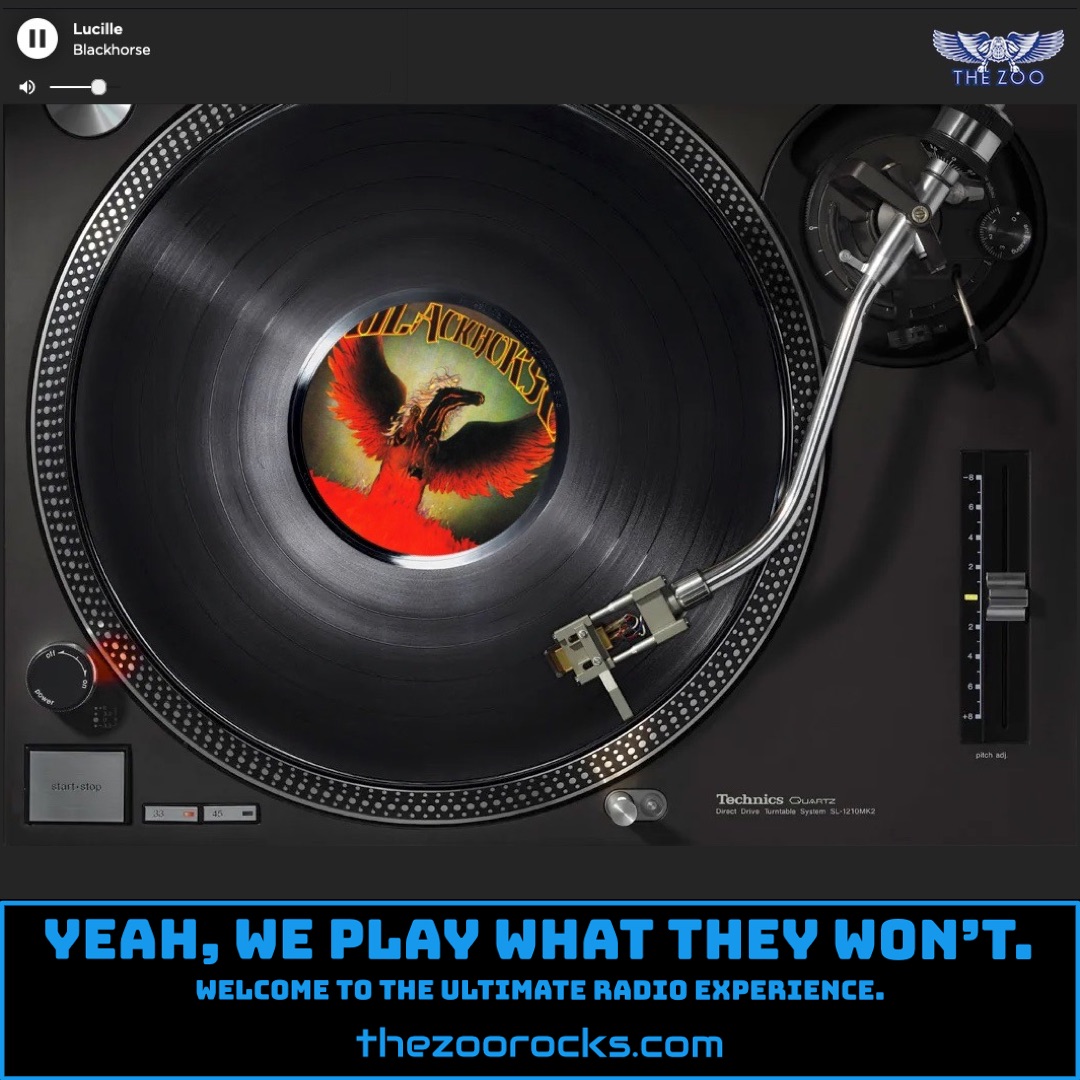She’s Not There
Santana
The song "She’s Not There" by Santana, featured on their 1977 album Moonflower, is a vibrant cover of the 1964 hit by The Zombies, written by their keyboardist Rod Argent. Santana’s version, a standout track on the double album that blends live and studio recordings, reached #27 on the Billboard Hot 100, marking their first Top 40 hit since 1972’s "No One to Depend On." The track features a hard-driving arrangement with electrifying guitar riffs by Carlos Santana, dynamic percussion breaks, and soulful vocals by lead singer Greg Walker, whose powerful delivery elevates the song’s energy. According to Ultimate Santana, Santana’s take transforms the original’s folk-rock vibe into a Latin-rock fusion, incorporating a bolder rhythm section and Carlos’s signature guitar tone, which adds a fiery, almost spiritual dimension to the track. In a 1977 interview snippet referenced on Discogs, Carlos Santana noted that the song’s inclusion was a nod to their live audiences, who responded wildly to its infectious groove during the Amigos tour, where much of Moonflower’s live material was recorded.
Another piece of trivia comes from the album’s production context. Moonflower was a pivotal release for Santana, bridging their earlier Latin-blues rock roots with the jazz-fusion influences they explored in the mid-1970s. The decision to cover "She’s Not There" was strategic, aiming to recapture radio attention while showcasing the band’s evolved sound. As noted on Rolling Stone’s review of the album, keyboardist Tom Coster played a crucial role, contributing to the song’s arrangement with his versatile interplay of piano and synthesizers, which complemented Carlos’s guitar work. Fans on the Santana Fans Facebook group often share stories of hearing the song live in the late ’70s, describing how the extended instrumental breaks, especially in concert, would send crowds into a frenzy, with Carlos’s solos evoking a near-mystical experience. The song’s success helped Moonflower achieve platinum status, a milestone not reached by the band since 1970’s Abraxas, as highlighted on AllMusic.
Carlos Santana, the heart of the band, began his musical journey in Autlán de Navarro, Mexico, born on July 20, 1947. As detailed on Britannica, he started playing the violin at age five but switched to the guitar by eight, inspired by blues legends like T-Bone Walker and B.B. King while performing in Tijuana’s vibrant music scene. After his family moved to San Francisco in the 1960s, Carlos immersed himself in the Bay Area’s burgeoning rock culture. In 1966, he formed the Santana Blues Band, which later became simply Santana, blending Latin rhythms, rock, and blues into a unique sound. Their breakthrough came with a legendary performance at Woodstock in 1969, propelling their debut album to the top 10. Santana’s innovative fusion and Carlos’s emotive guitar work established them as pioneers, with hits like "Black Magic Woman" and "Oye Como Va" from 1970’s Abraxas cementing their legacy. His spiritual explorations, influenced by figures like Sri Chinmoy and later Christianity, also shaped his music, culminating in the 1999 Grammy-winning album Supernatural.
For fans eager to connect with Santana’s ongoing journey, the band’s official website is www.santana.com, where you can find tour dates, news, and details about their latest album, Sentient. Their social media presence is active on Facebook, Instagram, and X, offering updates, throwback photos, and fan interactions. Fan communities thrive online, notably the Santana Fans Facebook group, where enthusiasts share concert memories, rare vinyl finds, and discussions about tracks like "She’s Not There." Another fan hub, Ultimate Santana, provides detailed song analyses and band history, making it a go-to for Zoo Freaks diving deeper into Santana’s catalog. These platforms keep the spirit of Santana’s music alive, echoing the passion that Carlos and his band have poured into their craft for decades.

